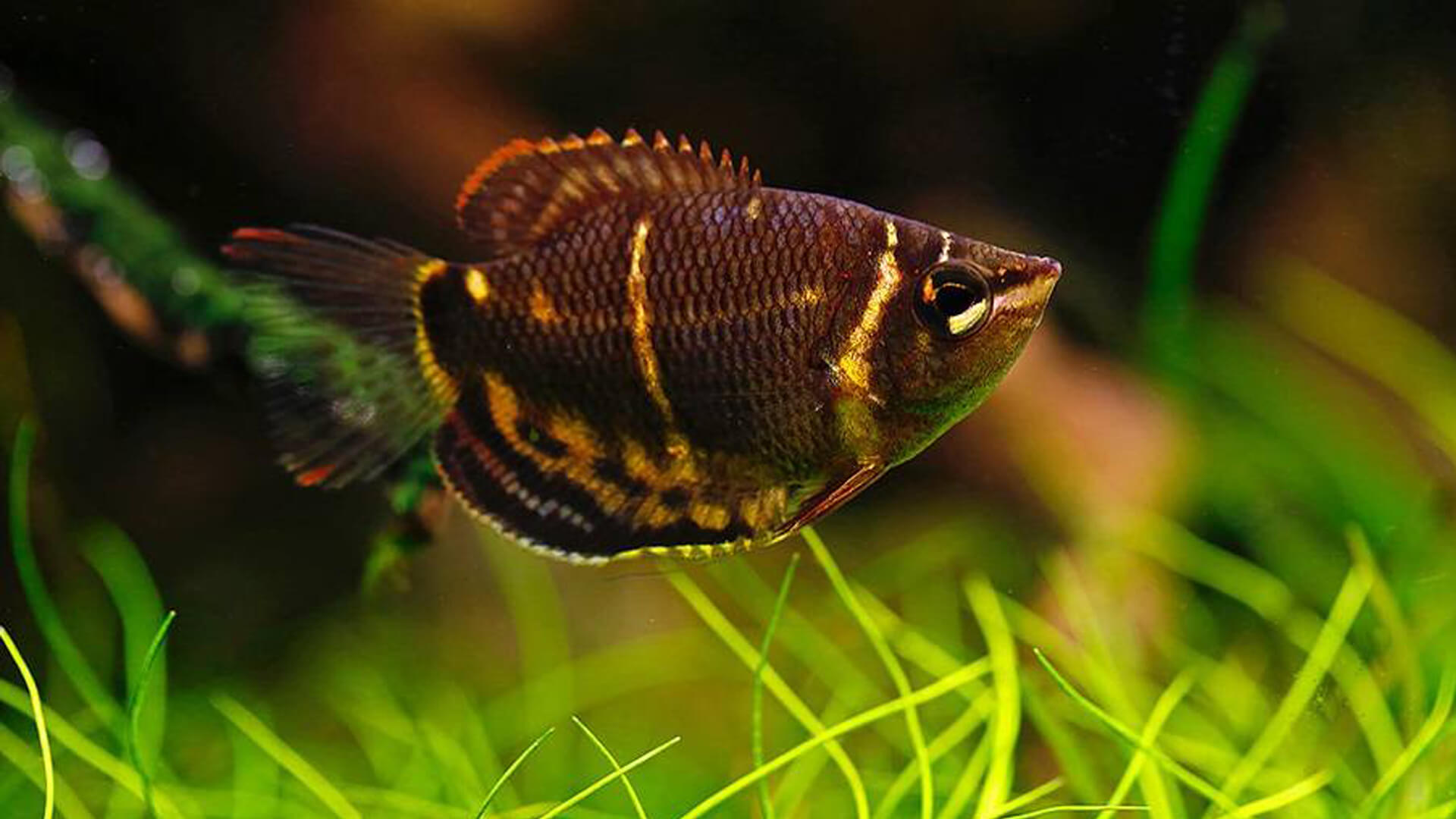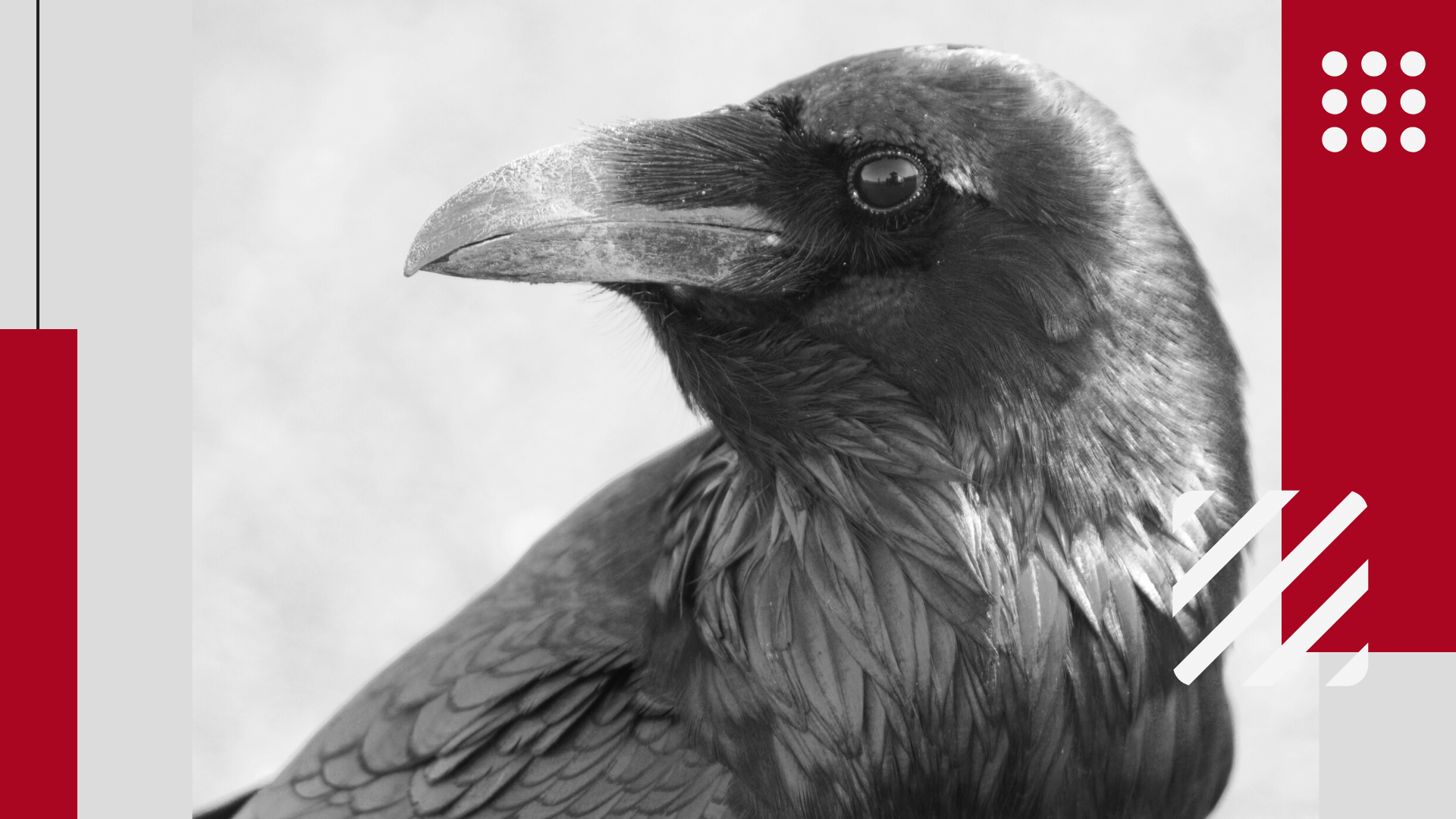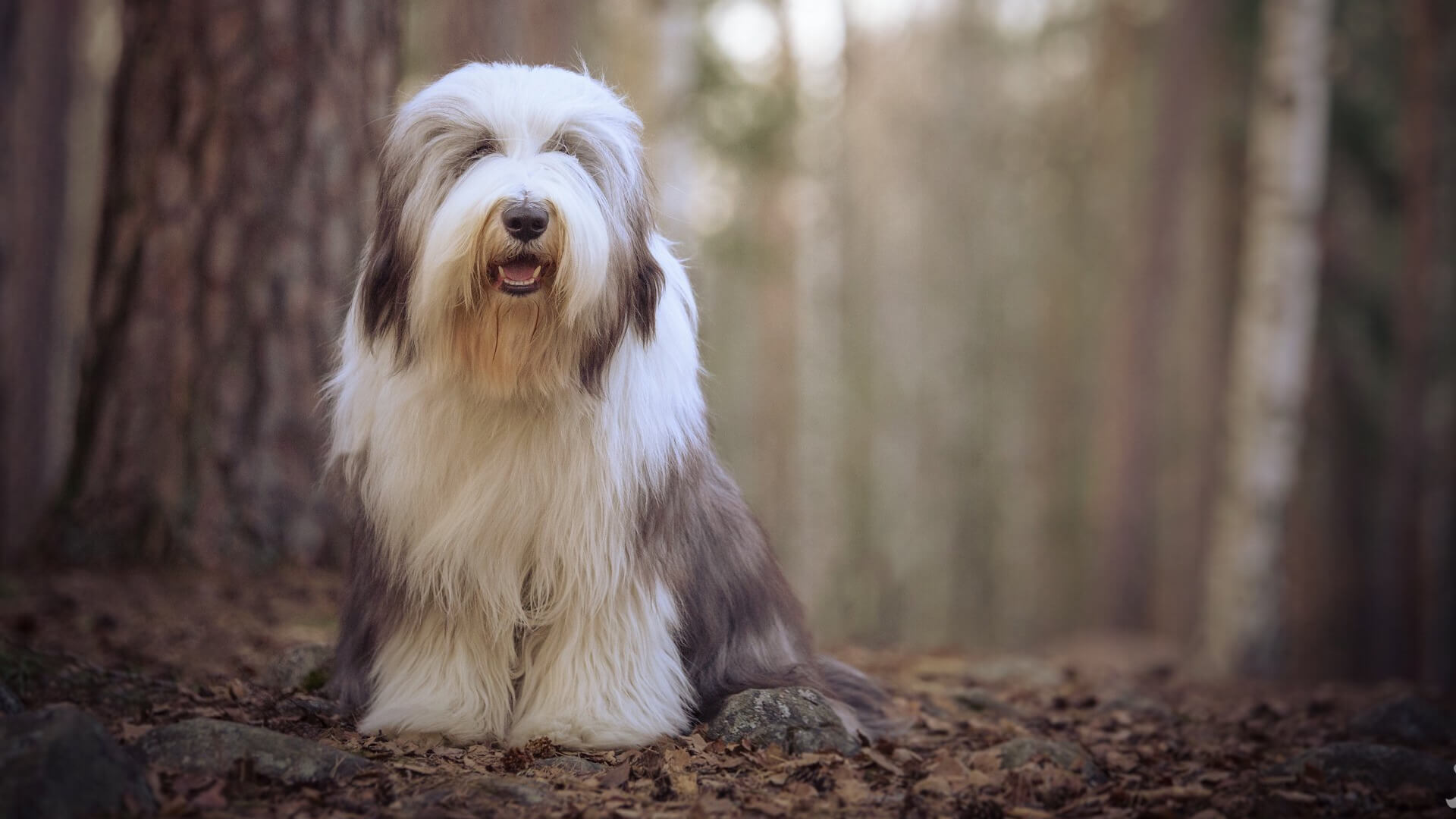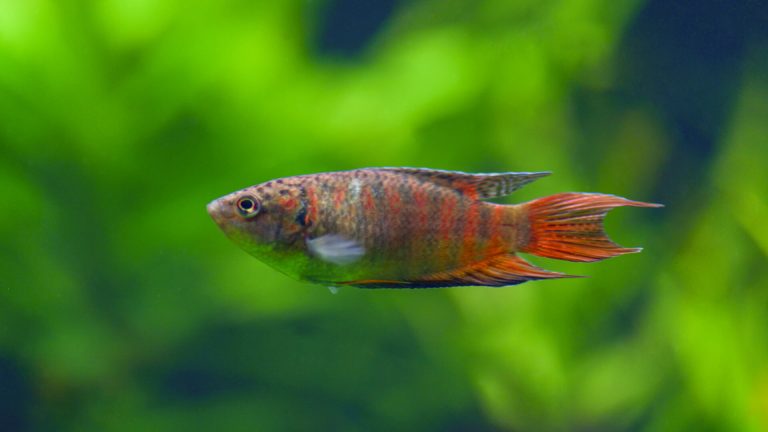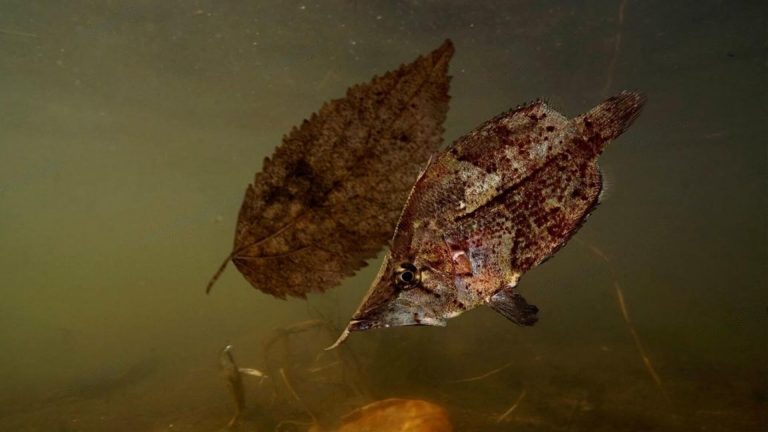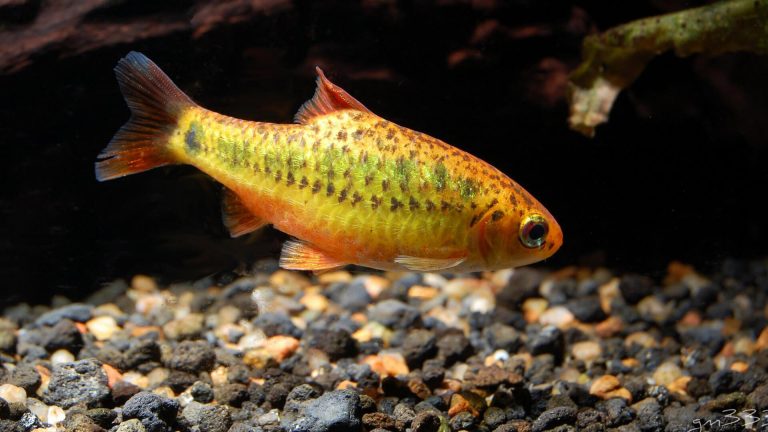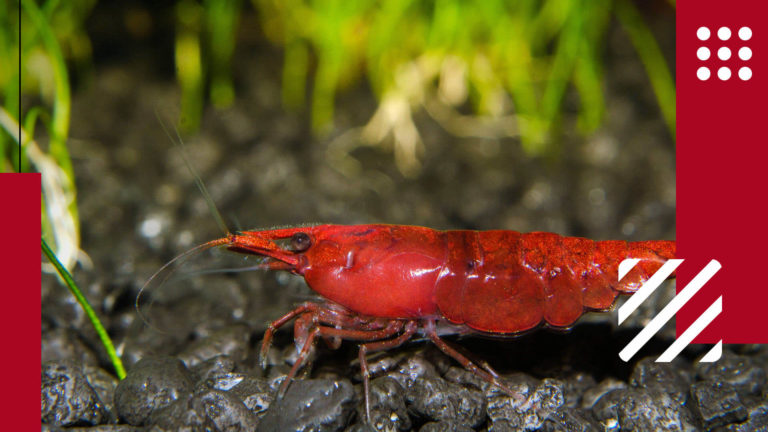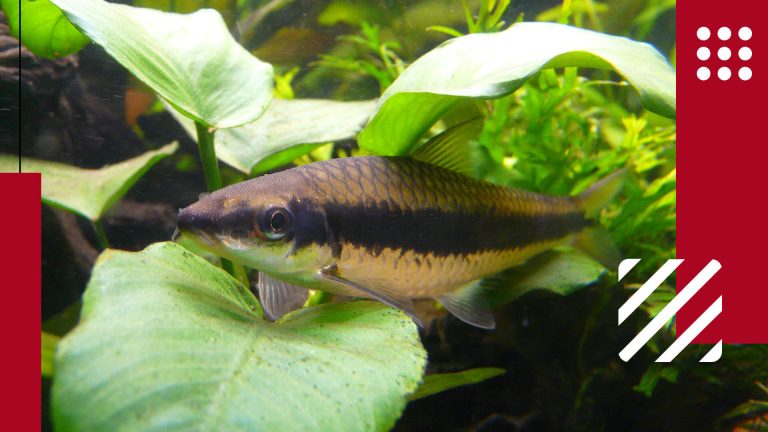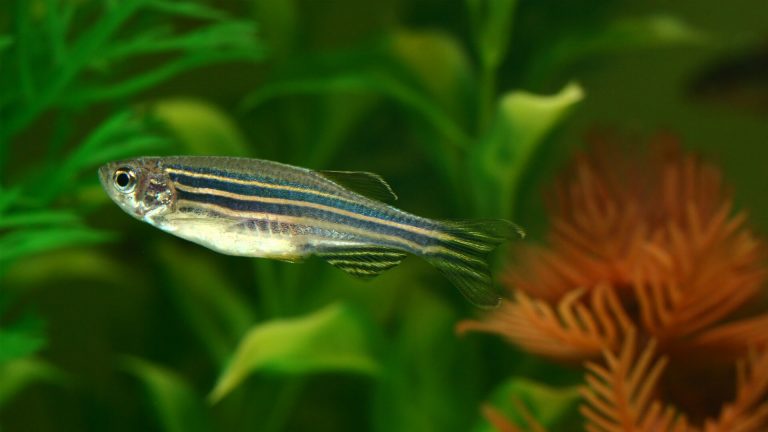Texas Cichlid is a beauty among beauties! Cichlids are already well-known for their mesmerizing appearance. And, the Texas Cichlid with its pearly iridescent body accompanied by blue-green hued scales is one of the most visually appealing fish among the Cichlids as well. They are quite popular and a perfect addition to any large aquarium. The aquarium being large is an important factor because of two major reasons. First, the fish can grow up to 12 inches in size, and second, they are very active swimmers. In both scenarios, they would need a large space to live comfortably.
Also known by the name Rio Grande Perch, the fish is widely popular and easily available. Both the names 'Texas Cichlid' and 'Rio Grande Perch' were coined based on the fact that these fish are most commonly found in the Rio Grande River in Texas. It's interesting to note that these are the only type of Cichlids that are naturally found in the United States.
One important thing potential owners should keep in mind is that Texas Cichlid is not for the first time fish-keepers. Their behavior is aggressive and they can be a handful at times. However, prior knowledge and guidance will make things easy. And, this article serves the same purpose.
Distinctive Features of Texas Cichlid
| Scientific Name | Herichthys cyanoguttatus |
| Lifespan | Up to 13 years |
| Color | Varies; typically greenish-gray to brown with dark spots |
| Size | Up to 12 inches |
| Health Risk | Low |
| Tank Size | Minimum 55 gallons |
| Water pH | 6.5-8.0 |
| Temperature | 74-82°F (23-28°C) |
| Filtration | Moderate to high |
| Tankmates | Large, semi-aggressive fish |
| Unique Trait | Territorial behavior and large size |
| Famous For | Its vibrant colors and aggressive nature |
| Temperament | Semi-aggressive |
| Maintenance | Moderate |
| Adaptability | Moderate |
| Behavior | Not recommended for young children |
| Personality | Territorial, active, and displays parental care |
| Social | Can be kept individually or in pairs |
Similar to other Cichlids, Texas Cichlid is large in size and aggressive in nature. In a proper environment, they can live up to more than 10 years. Here's a list of some of the basic characteristics of the fish.
Texas Cichlids are very particular about their territories. Moreover, they are aggressive and dominant. Hence, they should either be kept alone or with other large fishes who can defend themselves on their own.
Even if they are being housed with other fish, they should necessarily be kept alone during their spawning period. Keeping any other fish with them during this time will be equivalent to an open invitation for them to come and kill.
The male and female Texas Cichlid can be distinguished by looking at their appearance. The males are larger in size and brighter in color than their female counterparts. Also, females have black spots visible on their dorsal which is absent in the case of males.
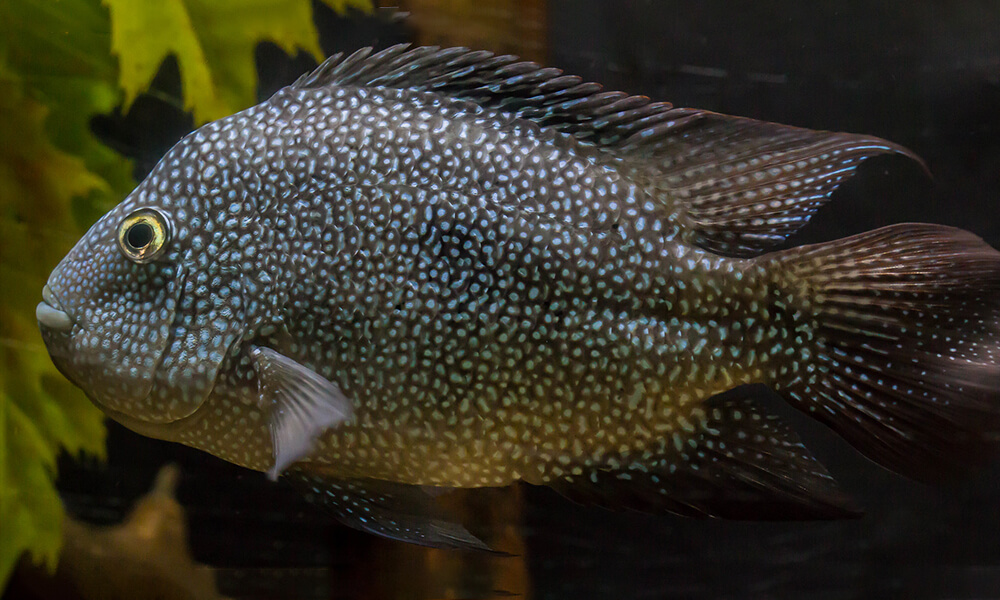
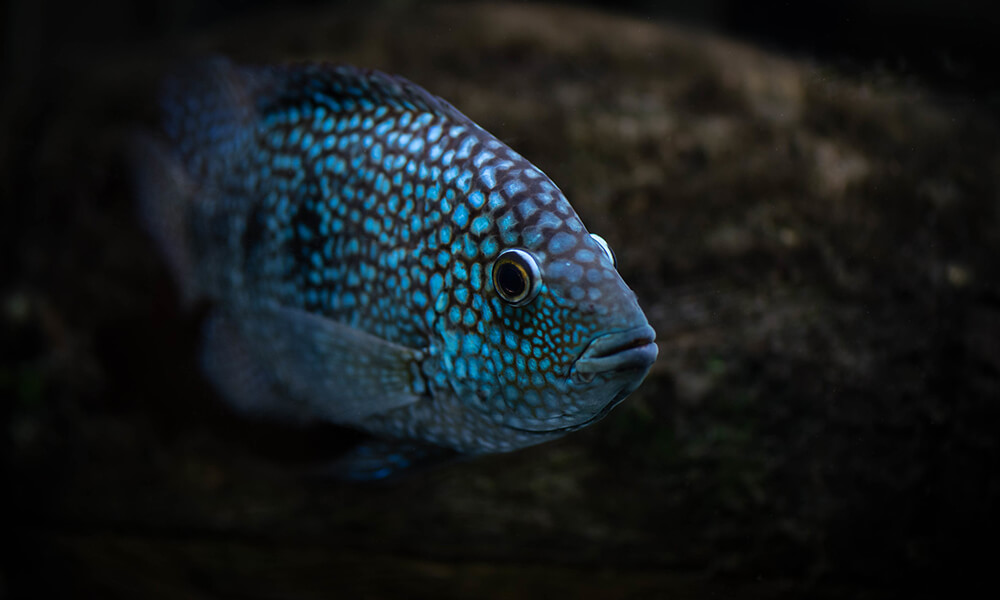
How to Take Care of Pet Texas Cichlid Fish?
Texas Cichlids can be quite difficult to handle at times due to their aggressive nature. Keeping that aside, they are not very difficult to care for. Also, they are believed to be intelligent enough to cooperate with the owners. For instance, they tend to come at the front when it's feeding time or when the owners get near the tank. They are quick to recognize their owners, making things easier.
Providing them a proper diet, habitat and care is sufficient to take care of them. If they get all the care they need, they can even live up to 15 years. If any potential owner is confused about how to take good care of their pet Texas Cichlid, from the tank set up to meals, here's everything covered from them.
How to Setup a Tank for Pet Texas Cichlid Fish?
Texas Cichlid needs a good amount of aquarium space because of its large size and active swimming. Keeping a Texas Cichlid would require a tank of at least 55-125 gallons. The larger, the better! The tank should resemble its natural habitat as much as possible. They have sandy river beds in the region where they come from. To mimic the same, one can use fine gravel and sand as the substrate. Smooth rocks and driftwood can be added to enhance it further.
Coming to vegetation, they would rarely leave anything at their original place. They are not only rash swimmers but also love to dig in. So, it would be very naive to expect them to let things stay at their place.
However, if the owners have enough time to keep setting it up every once in a while, there is no issue. Otherwise, using floating plants is also a great idea. Besides decoration and other things, the water quality should also be kept in check. In fact, it should be on priority. Poor water quality or inappropriate filtration systems can easily lead to poor health of the pet fish. So, the water should be changed on a regular basis and a robust filtration system should be present. The water temperature in the tank should be somewhere between 68 to 80 degrees Fahrenheit. As for the pH level, the appropriate range is 6.5 to 8.
What to Feed Pet Texas Cichlid Fish?
Texas Cichlids are omnivores and accept all kinds of food. It can be fed with live, frozen, and plant-based food. For live food, one may include bloodworms, brine shrimp, crustaceans, and so on. Fresh vegetables and flakes should also be added to their meals to keep them healthy. Even though they accept almost everything, there must be diversity in their meals so that they get proper nutrition.
If one can provide them with a well-balanced diet, no extra supplements would be required. These fish have a huge appetite and eat a lot which may impact their health. So, it's the owner's duty to keep a check on it. It is recommended to feed them twice a day while keeping the quantity of food limited.
Note: Texas Cichlids should not be fed mammalian meat.
What are the Health Concerns of Pet Texas Cichlid Fish?
Texas Cichlid is very hardy and not actually vulnerable to any particular disease. However, there are certain things the owners need to be concerned about. Even though most of these problems won't occur if they are provided with proper diet and living conditions, having knowledge about them will give the owners an upper hand.
Though these fishes are tough, their skins are sensitive to organic waste. They can easily get affected when coming in contact with something like that. However, this can easily be prevented by providing them with a high filtration system and keeping the tank as clean as possible.
Obesity is like an enemy to Texas Cichlid. It doesn't only impact the size but can ultimately lead to a decline in the efficient functioning of the organs. Moreover, it can also affect the mental health of the fish. Feeding only an appropriate amount of food and monitoring the same is all one can do to keep it under control.
Apart from these, there are a few problems that are common to all the fish and Texas Cichlids are no exception. For instance, rotting of the fins. It occurs when the skin of the fish gets injured by a cut or gets harshly scratched by something. To ensure that doesn't happen, the owners should keep an eye that the tank has nothing sharp in it. The substrate should also be smooth and comfortable enough.
What People Are Reading:
Frequently Asked Questions About Pet Texas Cichlid
Some of the generally asked questions about Texas Cichlid are answered below:
How big will a Texas Cichlid get?
Texas Cichlids can grow up to 12 inches in size.
Can you eat Texas Cichlid?
Yes, Texas Cichlid can be eaten as food.
What are the water parameters for keeping Texas Cichlids?
Texas Cichlids thrive in slightly alkaline water conditions with a pH range of 7.0 to 8.0. The water temperature should be maintained between 75°F and 82°F (24°C to 28°C). Good filtration and regular water changes are necessary to maintain good water quality.
What fish can I put with a Texas Cichlid?
Texas Cichlids are large, aggressive, and territorial fish. One should house them only with other large fishes who are able to defend themselves.
How can I breed Texas Cichlids?
Breeding Texas Cichlids can be a rewarding experience. To encourage breeding behavior, create suitable spawning conditions in the aquarium, including flat rocks or ceramic tiles for them to lay their eggs on. The pair will guard and care for the eggs and fry. It's important to provide ample space and separate the breeding pair from other fish to ensure the survival of the fry.

